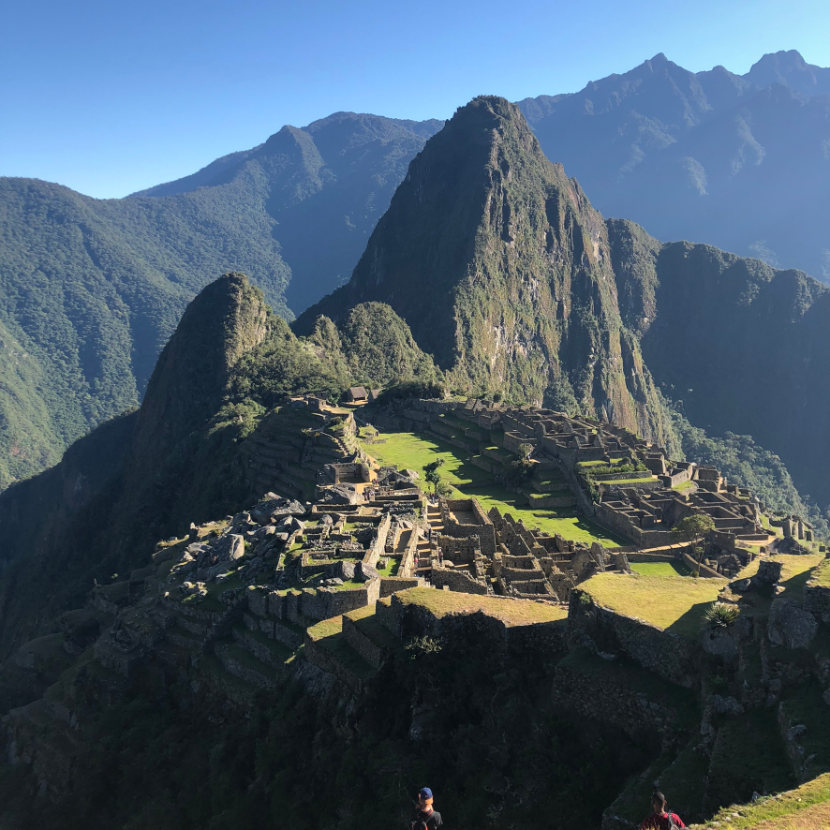I’ve had the iPhone 11 Pro for about three weeks now which I think is a reasonable amount of time to form a decent opinion on the phone. I upgraded from my two year old iPhone 8, which to be fair owes me nothing and is still a great phone for any reasonable person who doesn’t feel the need to upgrade on a regular basis.
The headline feature of the 11 Pro is the camera. All reviews I’ve read so far have had a lot of praise for it, and rightly so. It’s an excellent camera. The Ultra Wide lens allows you to take photos that you wouldn’t think were possible, capturing a full scene as opposed to just a frame. Night Mode is seriously impressive. Even in an almost pitch dark room it will find a way of lighting up a photo. Deep Fusion helps create incredible detail in close up photos. There is now also the ability to record 4K video, which takes up a lot of memory but looks excellent. So no surprises here, but the level of improvement over any iPhone before this is worth noting.
Coming from an iPhone 8, this is my first time using a phone with no home button or top and bottom bezels. The 11 Pro finds a nice balance in that it’s just small enough that it fits well in my hand, while offering a much larger screen than before. It’s noticeably smaller than last years XR and the standard 11 this year. The difference between the LCD screen of the 8 and the OLED screen of the 11 Pro can only really be appreciated when they are side by side. Black levels are pitch black on an OLED screen, so much so you could be forgiven for thinking the screen is actually off in low light.
So far the battery has been a good improvement on the iPhone 8, not an absolute night and day improvement, but a welcome one. Speaking of power, the USB-C 18W charger that’s included in the box can charge the phone seriously fast 1, and completely removes the need to charge the phone overnight (not that you should ever really do that).
The only regression with the 11 Pro I’m seeing is Face ID. The second generation Touch ID on the iPhone 8 worked instantly every time I used it. Going from that to Face ID, where you have to be facing the phone square to unlock just doesn’t feel as natural to me, especially when using Apple Pay. Ideally I’d like both, but that’s probably quite a bit away.
There are of course other less noticeable improvements across the board. The processor is more than capable of handling whatever you throw at it, the speakers are as loud and clear as ever and the phone is more water resistant than ever before.
It’s only when all these improvements add up over time that you can really see how good these phones have become. If you’re coming from an iPhone XS then you might be less impressed, but we’ve got to a point now where upgrades every year are really not necessary. The iPhone 11 Pro is a worthy upgrade for photography lovers and anyone still tapping that home button.
While on a recent weekend away in Vienna, I visited some of the locations from the 1987 Bond film “The Living Daylights”.
First up was the Volksoper Opera House, which was the location used for the early part of the film where Bond has been sent to take out a sniper, during the defection of Georgi Koskov. In the film this is set in Bratislava, but Vienna was used for filming due to Bratislava being off limits, as it was part of Czechoslovakia at the time.
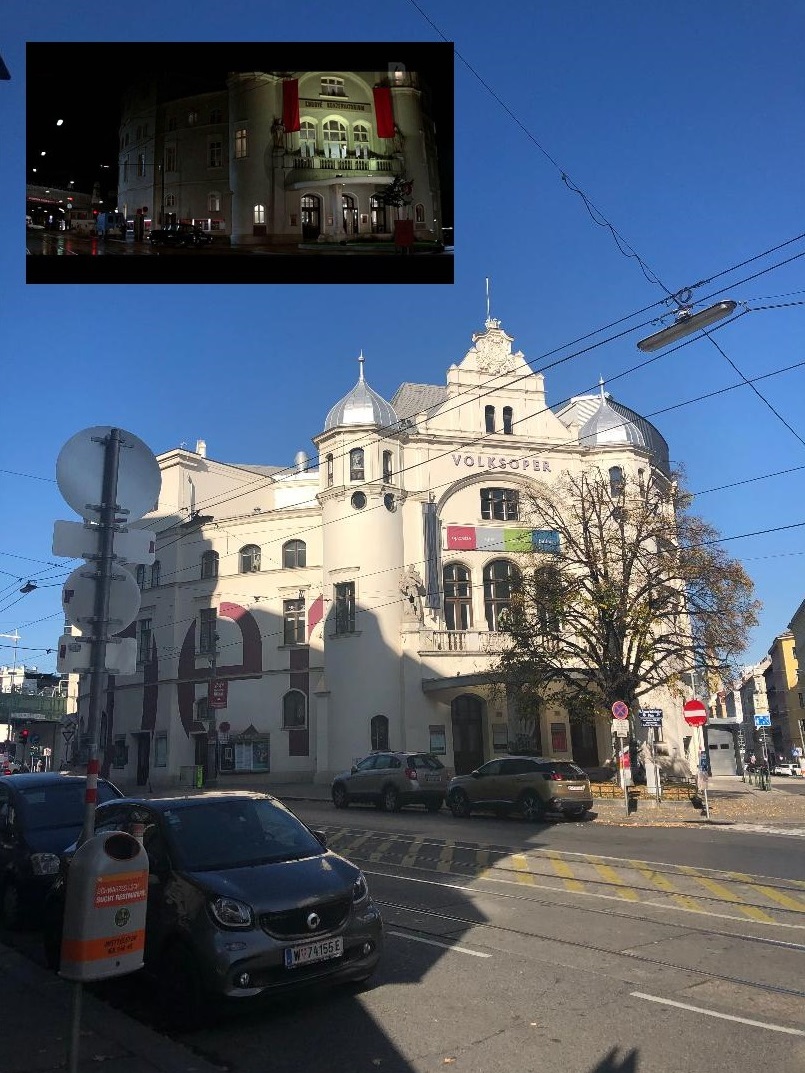
Across the road from the Volksoper is a sweet shop, which in the film was used by Bond and his Vienna counterpart Saunders as a stake-out for the shooting. Unfortunately it was closed when I was there so I couldn’t have a look inside.
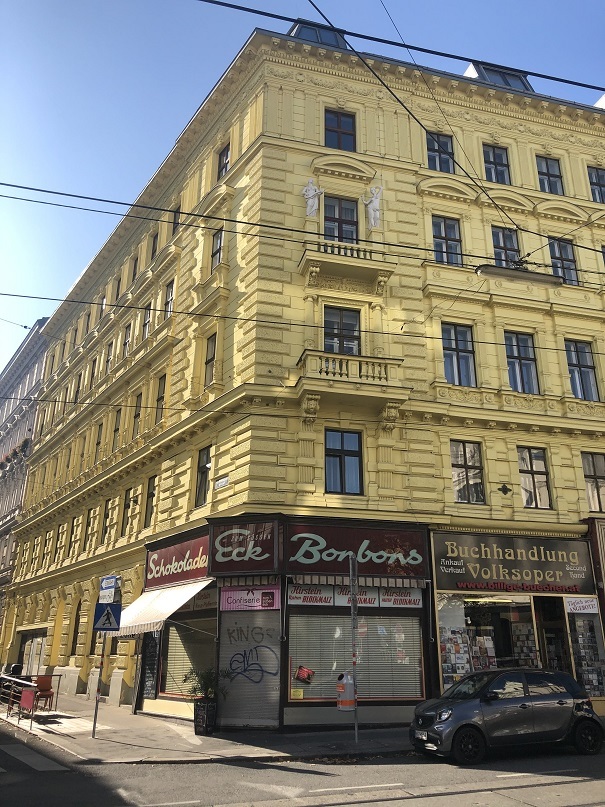
Once Bond and Kara make it to Vienna, there is a short montage of them in a few locations around the city. Two of these that I wanted to visit were the Maria-Theresien-Platz and the Schönbrunn Palace (which also appears in the end credits). Both of these are part of the hop on hop off bus tour of Vienna, so no issue finding them.
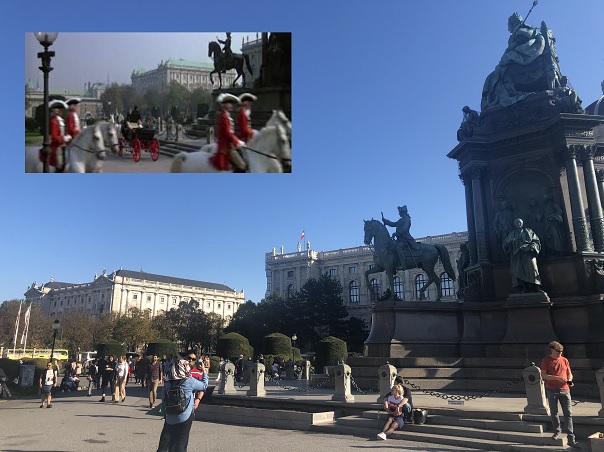
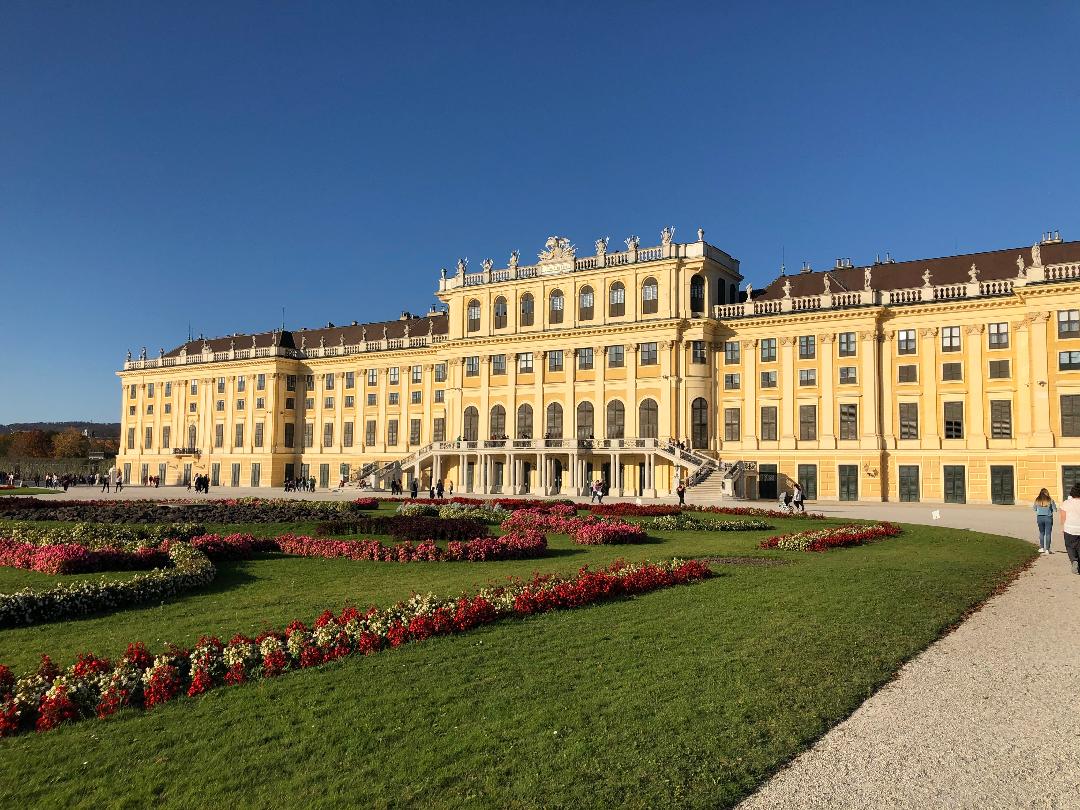
The next location was the one I was probably most excited about - the Prater. The Prater is a permanent amusement park in Vienna that is well worth a visit. In the film, Bond and Kara spend some time here on the various amusements, eventually taking a trip on the big ferris wheel called “Wiener Riesenrad”. In the film they were in cabin 10 - we just missed it! The park has changed a lot since 1987, but the ghost train is still there and looks familiar.
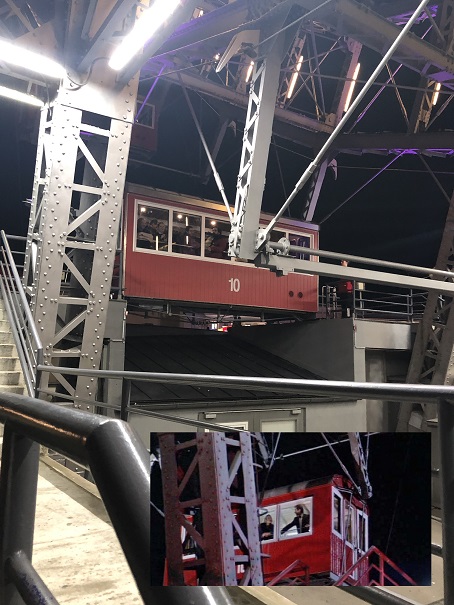
Other Vienna locations include Karas apartment, the tram station and the gasworks. Some of the older trams still roam the city, and look similar to the ones seen in the film.
Thanks to a helpful tutorial and some CSS tweaks, the site now supports Dark Mode. 🤠
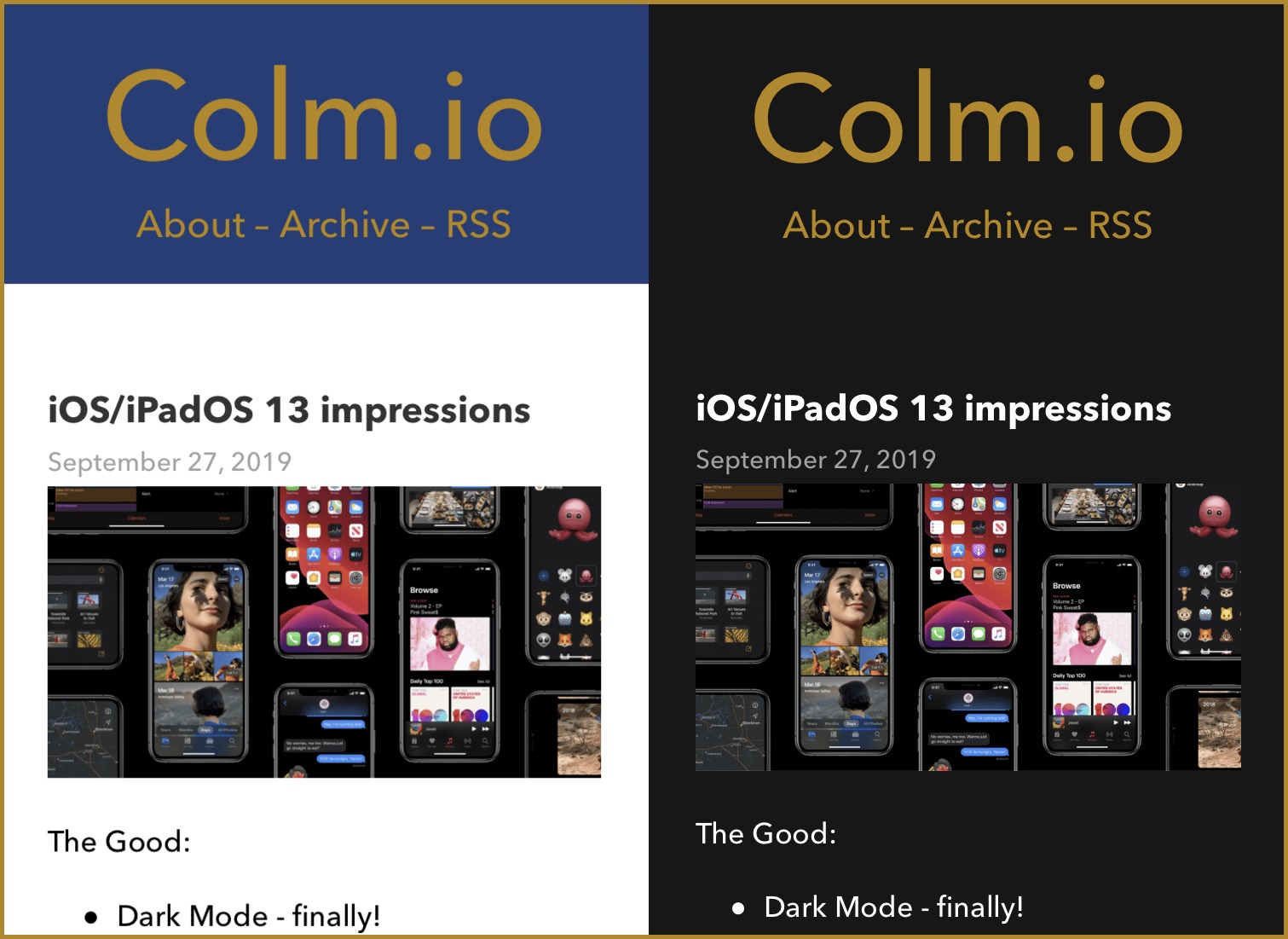
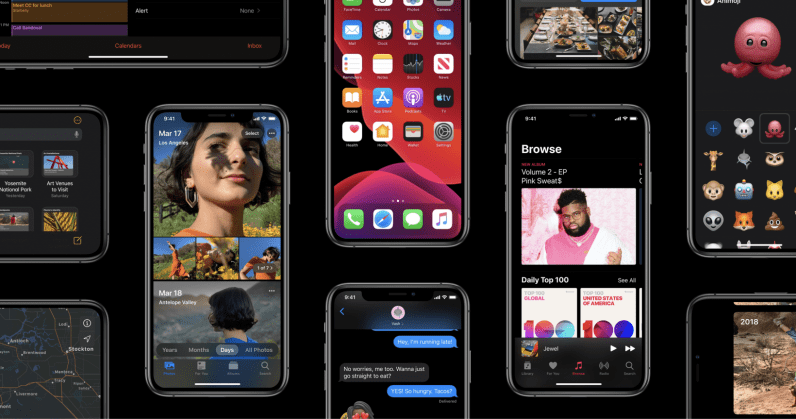
The Good:
- Dark Mode - finally!
- Controller support - finally!
- Shortcuts Automations
- Better use of the iPad home screen
- Apple Arcade look promising
- Photos.app revamp is great
The Bad:
- App Updates are hidden in the App Store
- Haptic Touch is replacing 3D Touch
The career of Tiger Woods has to be one of the most interesting sporting stories of all time.
Written by Jeff Benjamin and Armen Keteyian, Tiger Woods is a biography of the golfer from when he was born until the end of 2018, when he had come back from numerous scandals and injuries to win again on the PGA Tour. 1
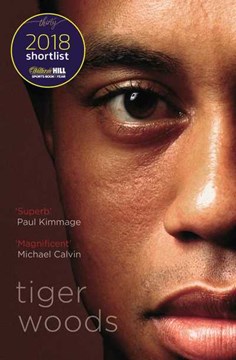
What surprised me most was Woods early life, where he was effectively brainwashed into golf from the age of two, watching his father his shots for hours on end. Not only was he learning his craft from an extremely young age, he was also learning how to play like an ‘assassin’, to not only beat his opponents but to beat them by as much as he could. It’s clear to see how he became so dominant in the sport.
The cost of that level of success at such a young age was that he never really had a normal life, which was a big factor in the scandal that broke in 2009.
Any sport fan would enjoy this book, whether or not they follow golf. Well worth a read.
Highlight: The period of 2000-2007 when Woods was unbeatable on the tour.
-
It’s a shame that the book came out not long before Woods won the 2019 Masters. ↩
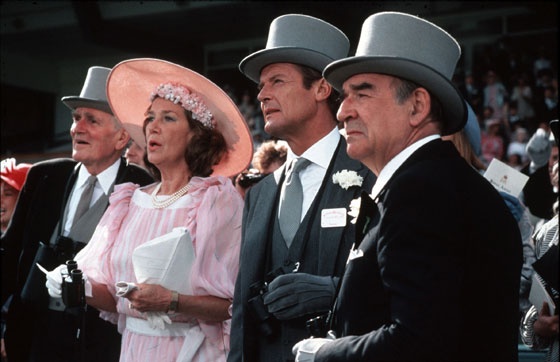
The most disagreement off my list — the movie that the most readers argued should have been included — was 1985’s “A View to a Kill,” the seventh and final Bond adventure featuring Roger Moore as 007. This did not surprise me at all. “A View to a Kill” is routinely ranked around or at the absolute bottom of every other list of the worst Bond films. It’s been that way for decades.
I’m probably a bit biased, seeing as Roger Moore is my favourite Bond, but I agree that A View to a Kill doesn’t deserve to be at the bottom of the list of Bond films.
I don’t see Moore’s age as being much of an issue here 1, nor do I find it too far fetched, which many argue Moore’s later films tend to be.
The film has two of the most memorable villains in the series in Zorin and Mayday. It has some great action sequences, (snowboarding, parachuting off the Eiffel Tower, a car getting cut in half, a fire truck chase, a blimp exploding above the Golden Gate Bridge. Am I missing anything?). It even has the whole MI6 gang at the races.
There’s a lot to love in this film.
-
Well…maybe aside from that Mayday scene. ↩
The latest update to the MacBook line simplifies things nicely, making it easier to choose between models.
The 13 inch MacBook with physical escape has been replaced with an entry level model which includes a Touch Bar, True Tone display and a T2 chip. The MacBook Air is now cheaper, with a True Tone display, while the 12 inch MacBook is no more.
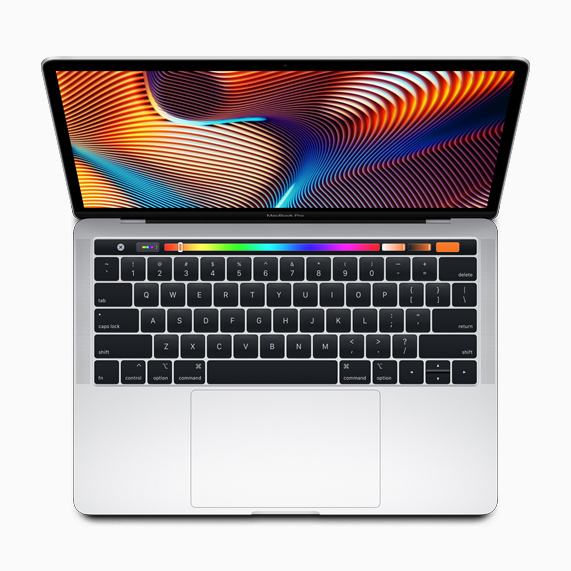
The most interesting decision for most people will be which to choose: the MacBook Air, or the similarly priced MacBook Pro 13 inch base model.
Stephen Hackett sums things up nicely:
Once you start poking around, you can see some differences. Upgrading from the $1,099 MacBook Air to $1,299 MacBook Pro comes with these features:
- A quad-core Intel processor, with twice the cores of the MacBook Air. While the base clock speed is slower on the Pro, its Turbo Boost frequency is higher, and in its higher-TDP application, the Pro should be able to sustain higher speeds for longer.
- A display that at 500 nits is a full 100 nits brighter than the MacBook Air. The Pro’s display supports the P3 wide color gamut while the Air does not.
- The Touch Bar. Your mileage will vary on how useful you find it.
- A slightly more robust Intel GPU. The Pro can push more external pixels, but performance wise, it shouldn’t be a night and day difference.
- Worse battery life. The Pro comes with a 58.2-watt-hour battery clocked at 10 hours on Apple’s “wireless web” test, but the Air’s 49.9‑watt‑hour unit tested at 12 hours. I’d blame that core count.
I think for almost everyone, the MacBook Air is the right notebook. It’s thin and light, with plenty of power for most tasks, but if you need a better GPU or more cores, the MacBook Pro is a logical upgrade.
T3:
Remember those high-resolution renders of the iPhone XS and iPhone XS Max successor with the chunky square-shaped camera bump taking up an unhealthy amount of room in the top left-hand corner of the rear panel?
Well, it turns out those renders were probably very accurate.
Ok, there’s no denying that this camera bump is extremely ugly, but that is going to be a monster camera on the iPhone 11 (or iPhone XI..?).
This book is a bit of a blast from the past. I hadn’t read it in a number of years but I’m happy to report that it still brought as much laughs as the first time.
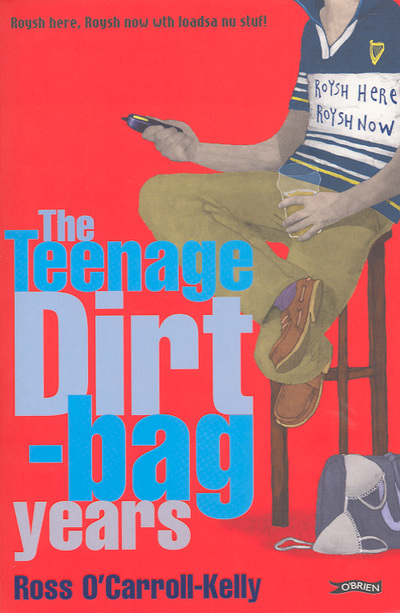
For anyone unfamiliar with the character, Ross O’ Carroll-Kelly is an exaggerated fictional south side Dubliner, coming of age in the Celtic Tiger era.
This is one of the early releases in the long list of ‘ROCK’ books, and follows Ross through his first year in UCD and his summer in the states afterwards.
If you’re looking for an easy read and some pre-recession laughs, it’s worth a read.
Highlight: Any interation with Ross and his doting father, affectionately nicknamed ‘dick-features’.
